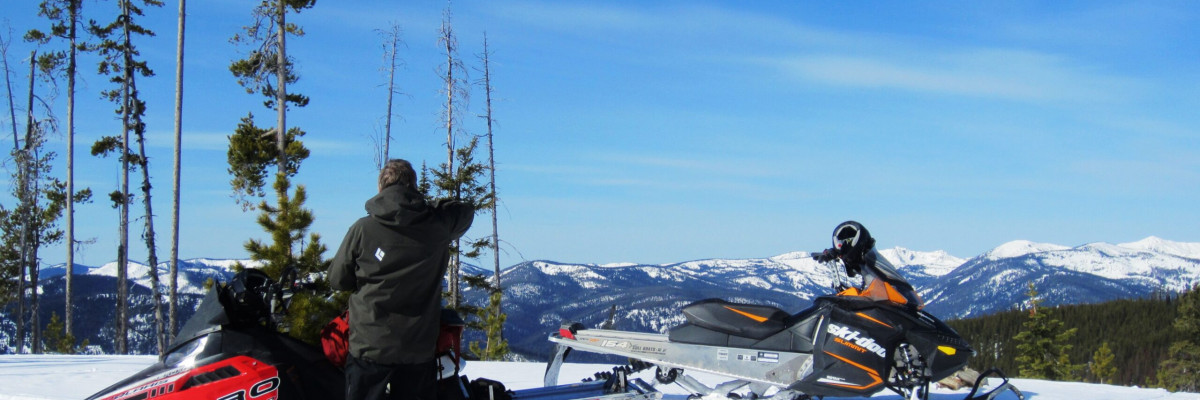The avalanche danger is rated at low in the west central Montana backcountry. It may be possible to trigger a small wind slab or loose snow avalanche on steep terrain (>35 degrees). Larger natural or triggered avalanches are unlikely, not impossible, unlikely. There is always some chance of triggering an avalanche if you recreate or travel on slopes 35 degrees and steeper.
Good morning, this is Dudley Improta with the West Central Montana Avalanche Center’s advisory for March 6, 2015. The danger rating does not apply to operating ski areas and expires at midnight tonight (3/6/15).
Weather and Snowpack
Mountain winds are generally out of the west this morning. Up on Point 6 (near 8000 ft.) the winds are whipping in the 25 mph range and gusting into the 3o’s. Temperatures above 6ooo feet are in the mid to high 20’s F, with a couple of spots in the northern part of the advisory area right at freezing. It looks like a nice day today and above normal temperatures for the weekend. College students and fishing guides will be back in their flip-flops; maybe we’ll have to act like it’s winter this summer.
Steve and I took a ride around the Lolo Pass area yesterday. There was actually 3-4 inches of new snow that made for good sledding. The snowpack in the Lolo Pass area was bomber.
Travis and Tim went into the Rattlesnakes (Rattlesnakes snowpit below) and could not get the deep persistent layer, we’ve been talking about for a month, to propagate. I am going to mention it below as a problem just because it has hung around so long. There is a very low chance of triggering this slab. You could increase your chances of triggering it if you don’t ride or ski one at a time in steep, open bowls with shaded northerly aspects. Seriously, I would dig a little more than a meter down to look for this weakness in steep, shady terrain.
Ed Snook and Geoff Fast were out and about in the Lost Trail Area (LT snowpit below). They noted 4 inches of new snow that sluffed, when ski cut, on very steep slopes (40 degrees). There were indications that small wind slabs were lurking on steep slopes as well.
Weather and Snow Outlook
West central Montana will see mild and dry conditions into next week. A high pressure ridge looks to be well entrenched. Temperatures are expected to gradually increase over the next couple of days. At least we won’t have rapid warming. There might the possibility of wet loose slides on sun-exposed slopes as this warming occurs.
If you get out and want to send us any snow observations use our public observation form or simply send us an e-mail at info@missoulaavalanche.org .
Travis Craft will post the next regularly scheduled advisory Tuesday, March 10 .
Ride and ski safe, have a great weekend.



















